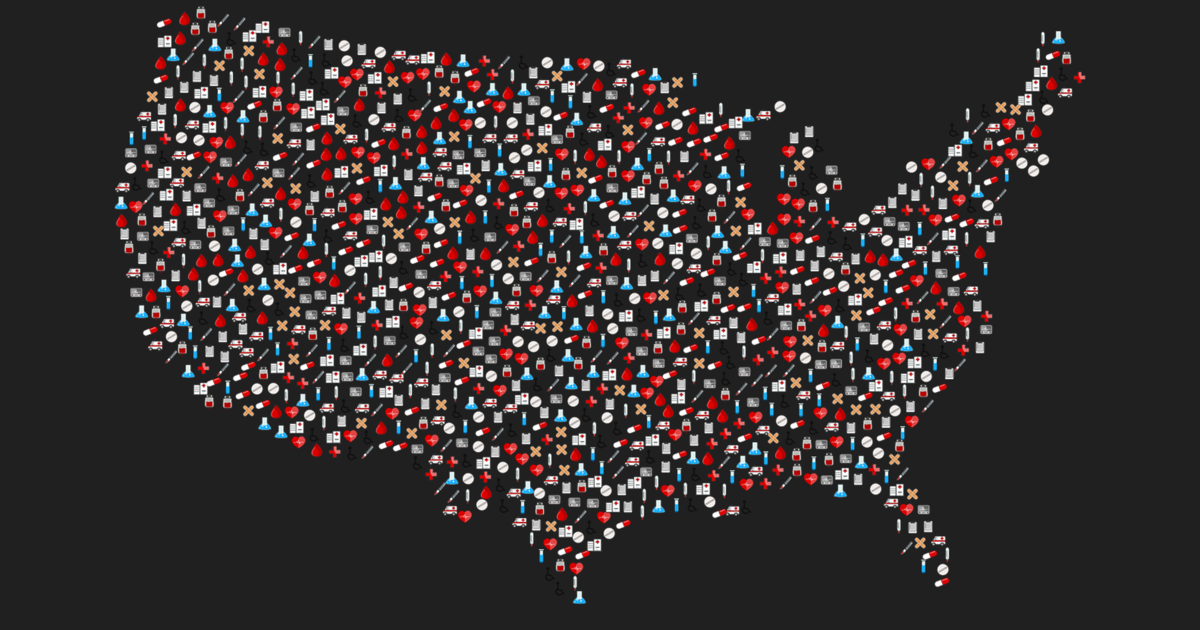Top & Bottom States for Healthcare: 24 Weighty Metrics Analyzed

Best and Worst States for Healthcare: An Overview
According to recent data, the Northeast boasts seven of the leading states in terms of quality healthcare. In contrast, seven of the least performing states are located in the South. This information is courtesy of Forbes Advisor’s evaluation of healthcare among all 50 states, using 24 different metrics.
Key Categories in Healthcare Assessment
The analysis considered four essential categories: healthcare access, outcomes, cost, and hospital care quality. Minnesota emerged as the leading state overall in this comprehensive healthcare analysis.
In the top 10, joining Minnesota were all six New England states—Massachusetts, Rhode Island, Connecticut, Vermont, New Hampshire, and Maine. Michigan, Oregon, and Pennsylvania also made the cut.
States with Room for Healthcare Improvement
At the other end of the spectrum, Georgia ranked lowest, mainly because it has the second-highest percentage of residents who haven’t seen a doctor in a year or more due to cost. Additionally, Georgia ranks third in terms of residents without health insurance.
Alabama, North Carolina, Mississippi, and South Carolina also experienced similar struggles in these areas. Arkansas, New Mexico, Texas, Nevada, and Indiana rounded out the bottom 10 states in healthcare, according to the report.
Characteristics of Top-Ranking Healthcare States
Minnesota’s healthcare success can be attributed to several factors. These include low rates of death from pneumonia, influenza, and kidney disease, along with high-quality hospital care. The state also boasts the third-highest ratio of critical care nurses and certified registered nurse anesthetists per 10,000 adult residents.
Minnesota also shines with the fourth-lowest percentage of residents who haven’t seen a doctor within a year due to cost, and the fifth-lowest percentage of residents without health insurance.
Data Sources for the Healthcare Report
The report’s authors utilized 2021-2022 CMS records for hospital quality data. They also referred to 2022 population data from the U.S. Census Bureau. To understand the full findings and methodologies, including the 24 metrics and their weightings, visit the original report.
—
Read More North Carolina News



Leave a Comment